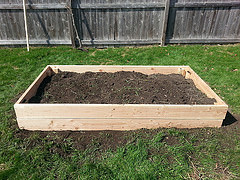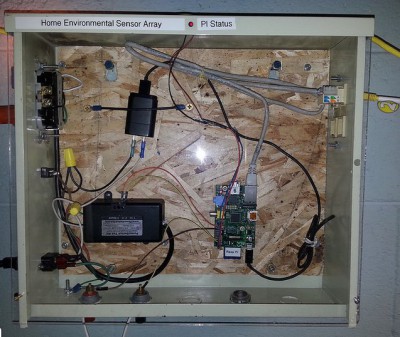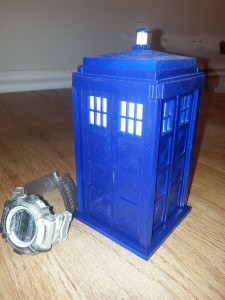I brought my co-worker Joe to the Makerspace last night for Builders Night Out. Joe has a project to share a motor between his meat grinder and sauce maker machines. (Not at the the same time but to interchange easily.) The problem is that each machine has a different size shaft. He needed an adapter that would allow the motor to connect to the sauce maker.
When we got to the space, Jim introduced Joe to Tom. Joe explained what he was trying to do. After five minutes, they had brainstormed a solution. Less than 60 minutes later, we were putting the tools away and Joe had a working solution that was exactly what he wanted.
Joe came to the space simply looking for ideas. He left with an elegant adapter that met his need and it cost him nothing. He (and I) was blown away by the whole experience.
I love the Makerspace! Thanks to Tom and Jim for their excellent help!
Details
In case you were wondering, the initial problem was to fit a flat, stainless steel shaft into a round socket. The socket will connect to the motor and turn the shaft. The shaft must fit snugly into the socket and not move.
There are several ways to approach this problem. Tom, Jim, and Joe came up with a very elegant and simple solution that did not alter any of the parts and could be disassembled if needed. The solution was to cut a nut in half, machine down the in sides, and then put the pieces of the nut next to the shaft in the socket. The nut fit perfectly in the socket. Machining the insides of the nut took less than 60 minutes to do the work. The finished pieces pit perfectly against the shaft.
I don’t have pictures. If I get some, I will add to this post.



